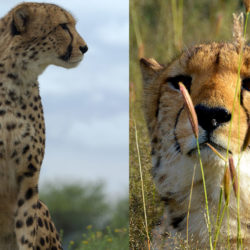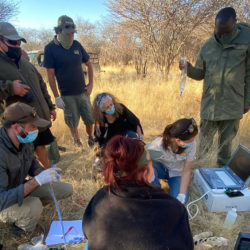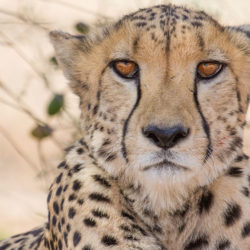Miers Erindi Release
-
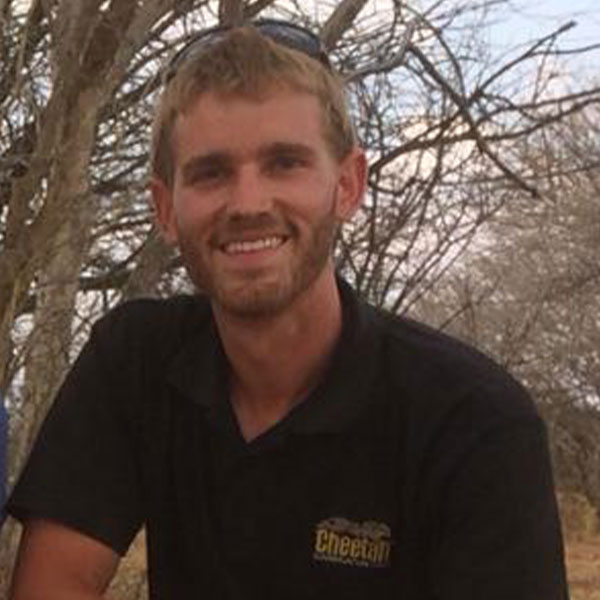
- by Eli Walker October 24, 2018

This month, CCF released a single male cheetah into Erindi Private Game Reserve. The cheetah, named Miers, was rescued by CCF this past May after he had been captured for reportedly killing livestock. While CCF was told that the cheetah had been in captivity for only a short period of time, we believe that he had been kept for much longer as he was very habituated to people. After a couple months of rehabilitation at CCF headquarters, Miers was transported to Erindi in August with seven other cheetahs to begin preparation for release.
Because Miers became very habituated to people and human activity, he was not a suitable candidate for release into an open system (like CCF’s property) where he could potentially come into conflict with livestock or people. Fortunately, CCF was currently working with Erindi on a plan to release seven cheetahs into the reserve and they were willing to take an eighth cheetah. Erindi is the perfect release site for Miers as the entire reserve is game fenced meaning that after release Miers would be contained within the reserve (because of the game fence) and therefore would not run the risk of coming into conflict with people or with livestock as Erindi is a reserve entirely dedicated to wildlife.
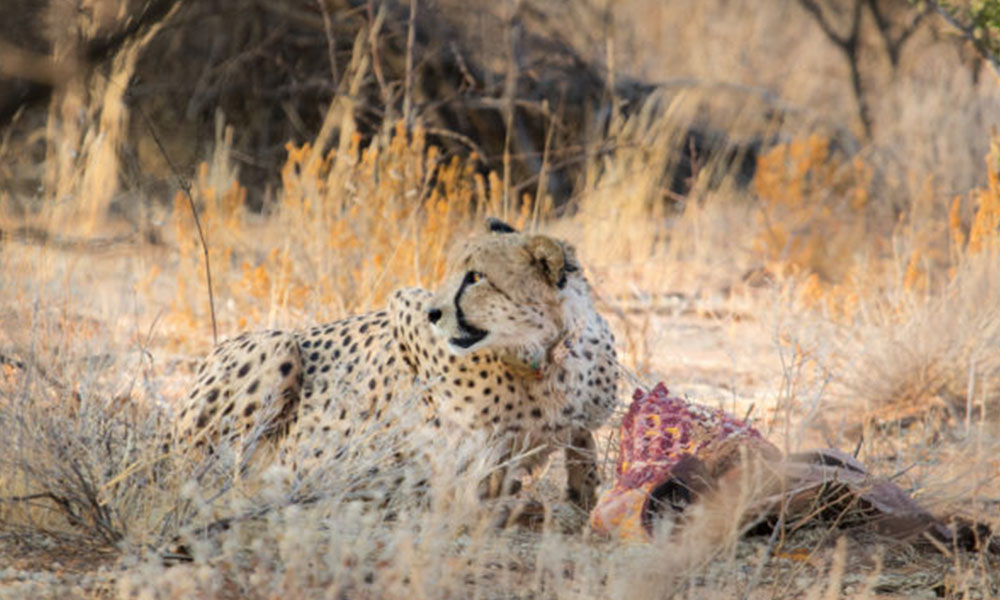

Anytime CCF releases a cheetah, we prefer to use a release protocol called a ‘soft release’. In general, large mammals have a very strong homing instinct meaning that if they are moved or get lost away from where their normal home range is, their homing instinct kicks in and they are easily able to find their way home. So during a translocation (i.e. moving an animal from one area to another, for example in Miers’ case from his natural home range where he was captured, to CCF and then to Erindi) large mammals, including cheetahs, tend to leave the intended release site in the attempt to get back ‘home’. If a translocation is taking place there is by default an intended release site that we as managers want the animal to stay within. To reduce the homing instinct and to make it more likely for the translocated animal to stay in the intended release site, before release the animal is held in a boma (i.e. small holding enclosure) within the release site for usually a one to three months. This is called a soft release because the holding time within the release site allows the animal being translocated to acclimate to their new surroundings, and research has shown that this reduces the animal’s homing instinct. Miers was transported to Erindi in August 2018 to begin his soft release in preparation for his actual release at the end of October.
CCF Curator Eli Walker and Erindi Guide Barth Balli released Miers into Erindi by luring him out of his boma with meat, which initiated the post-release monitoring period of Miers’ release. Anytime CCF releases a captive-raised or rehabilitated cheetah back into the while, we are very careful to follow up with that individual very closely for the next few weeks. By doing this, we are able to provide the time necessary for that animal to either learn or re-learn how to be self-sufficient once again. Because Miers was originally captured as an adult, his post-release monitoring period will likely be shorter than normal as he already knows what’s necessary to be self-sufficient in the wild. However, until he’s making regular kills, avoiding other predators, and behaving as we would expect, the team from CCF and Erindi will continue to monitor him very closely.
Thus far, Miers’ release has gone very well. He’s very cautious and taking his time to explore Erindi. He’s not made a kill yet as he was so full from his meal during release, but we expect him to make a kill very soon.
Related Reading
-
April 5, 2022
Eulogies for Ron and Khayjay -
November 5, 2021
Field Scans and Clinic Exams with SoundVet -
October 18, 2021
Eulogy for Resident Cheetah B2

